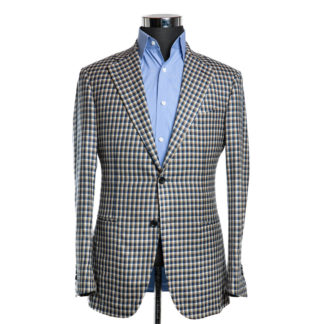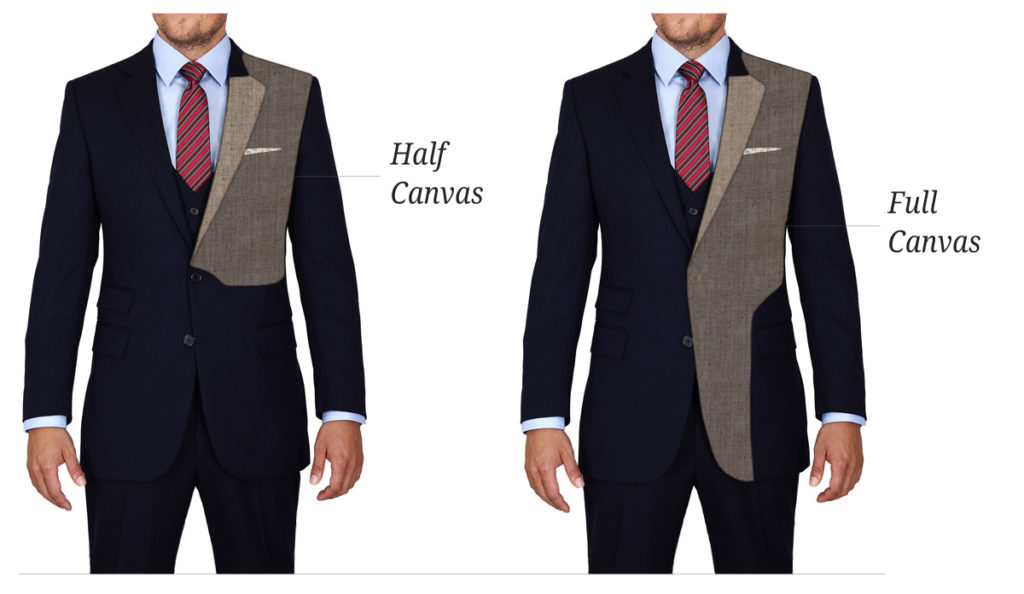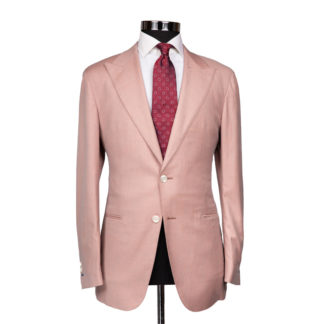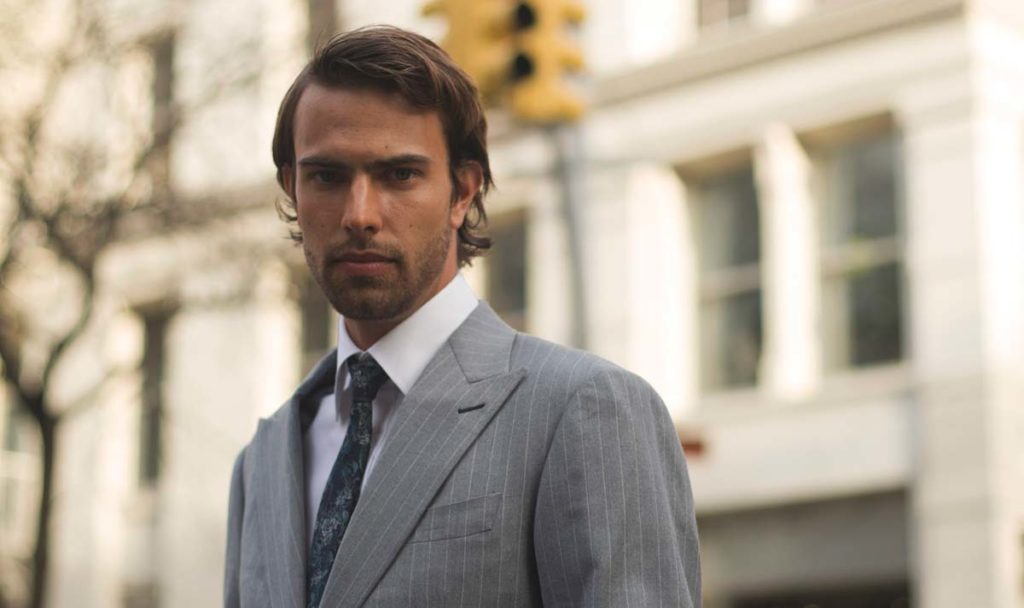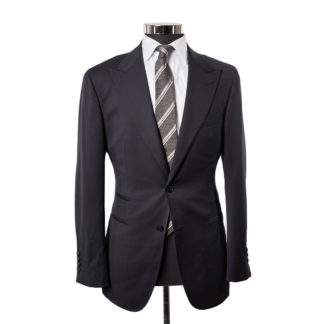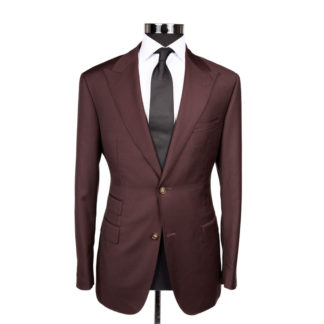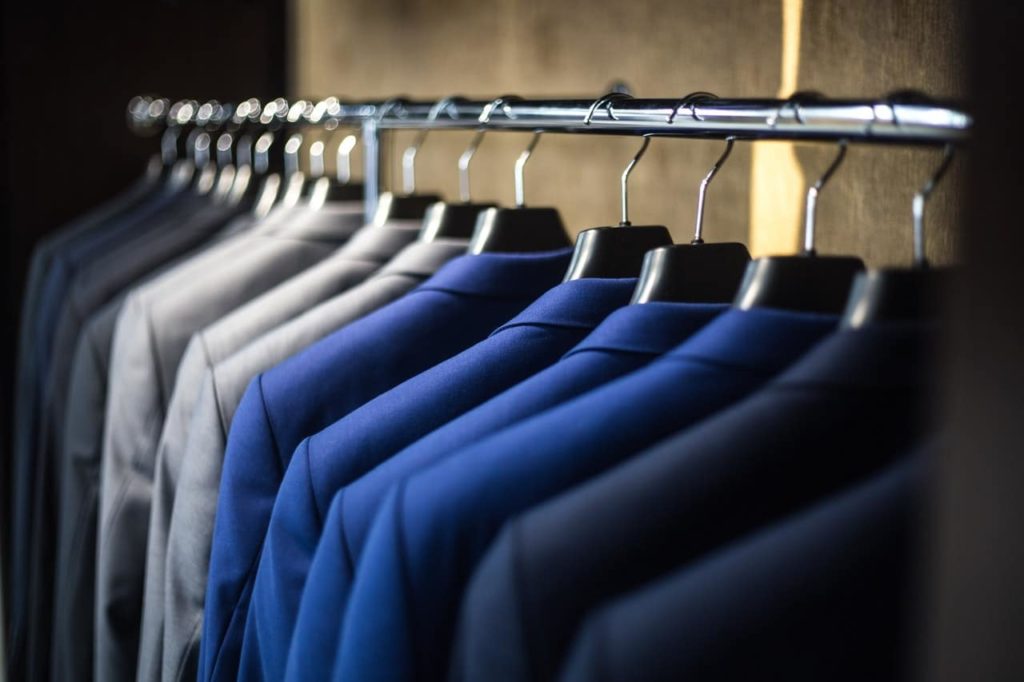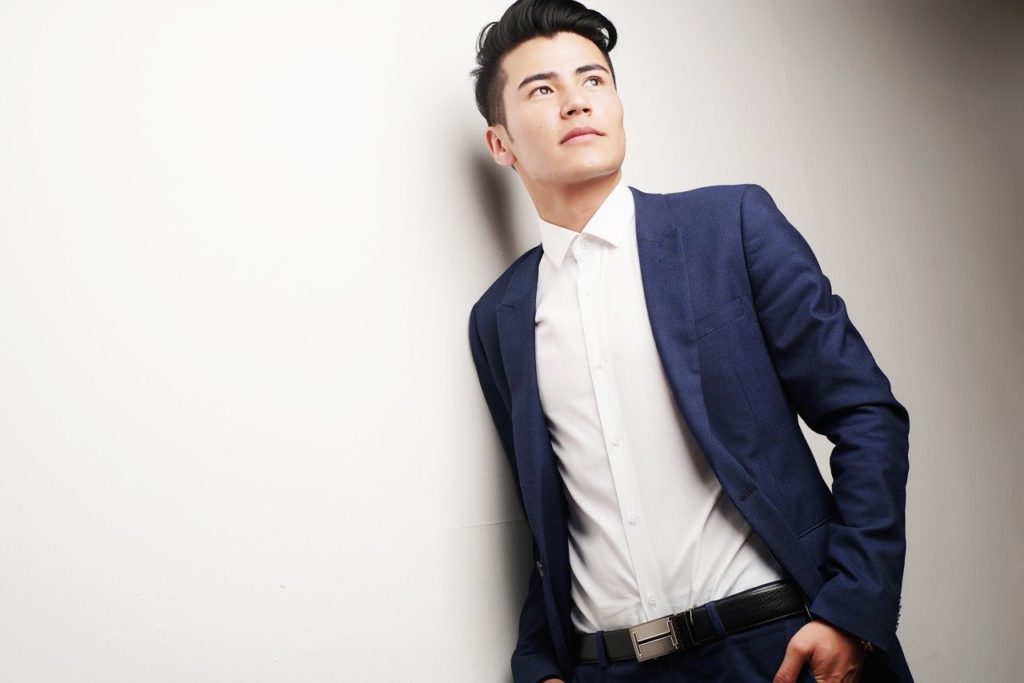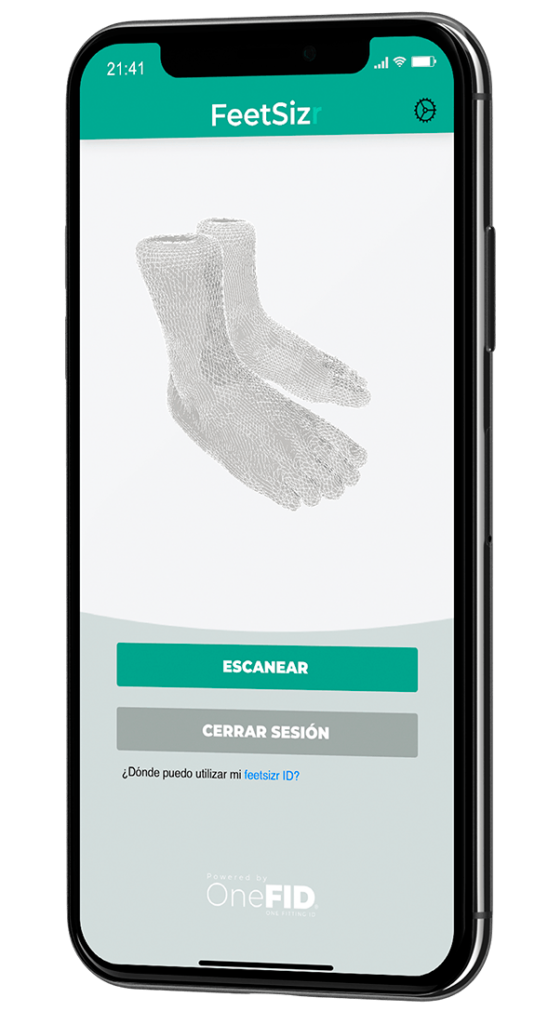
As we all know, menswear is not a one-size-fits-all business. You have to make sure your measurements are correct so your suit drapes well over your body. But something a lot of gents don’t consider is the body type they have. Everyone is shaped differently, and there are different details and elements of suit design that will lend themselves to certain body types. We’re going to break down some of the most common body types. In addition, we will go over exactly what details will complement your shape.
Body Types and Shapes

There are a number of different shapes that most people fall under. The first is the triangle, where the widest part of the body is the hips. As we travel up the chest, the torso narrows, resulting in shoulders that are not as wide as the hips.
Second is the inverted triangle. In this shape, the broadest part of the body are the shoulders, and the torso narrows in from there.
An oval shape – also known as the apple – has hips and shoulders that are about equal, with a rounded torso.
Lastly is the rectangle. The shoulders and hips are about the same width, with a torso that extends straight down from top to bottom. It is considered the most proportionate, with no part being broader or narrower than any other.
If Your Body Type is a Triangle...

Shoulders
Selecting a suit for your shape means finding a structure that evens out your proportions. In the case of the triangle, you want your suit to beef up your shoulders. Find a jacket that has a strong, rigid structure in the shoulders so that it creates a broader shape. The structure is important, rather than the size. A jacket that is too large will collapse over the shoulders and break up the shape and lines of your chest. This could make you look like a child playing dress-up in your Dad’s Sunday best.
Torso
The abdomen is the next concern. You want to simultaneously emphasize your shoulders and downplay the middle of your torso, where your waist narrows. Single-breasted suits are best in this situation – they are lighter and not as bulky as a double-breasted suit. The many embellishments that are present on the chest of a double-breasted suit draw the eye towards it, which you want to avoid.
Legs
If you’re a triangle, you want to create an even silhouette all the way down your body. Opt for trousers that are wide-legged and uniform the whole way down, instead of tapering. This will draw attention away from the widest part of your body – the hips. This will create the appearance of an even silhouette.

The Inverted Triangle Body Type
Understandably, a lot of the advice for this body type is going to be the opposite of what we listed above.
Inverted Triangle Body Type: Shoulders
Find a jacket with shoulders that are less structured, to restore some balance to your figure. You also want to utilize a narrower lapel, as wide lapels tend to bulk up the chest and shoulders. A double-breasted suit will add some bulk to your middle and create more balance between your waist and your shoulders.
Inverted Triangle Body Type: Legs
For your legs, a well-tailored trouser with the slightest of tapers will work well with your shape. This avoids emphasizing the considerable differences in the widths of your upper and lower halves.
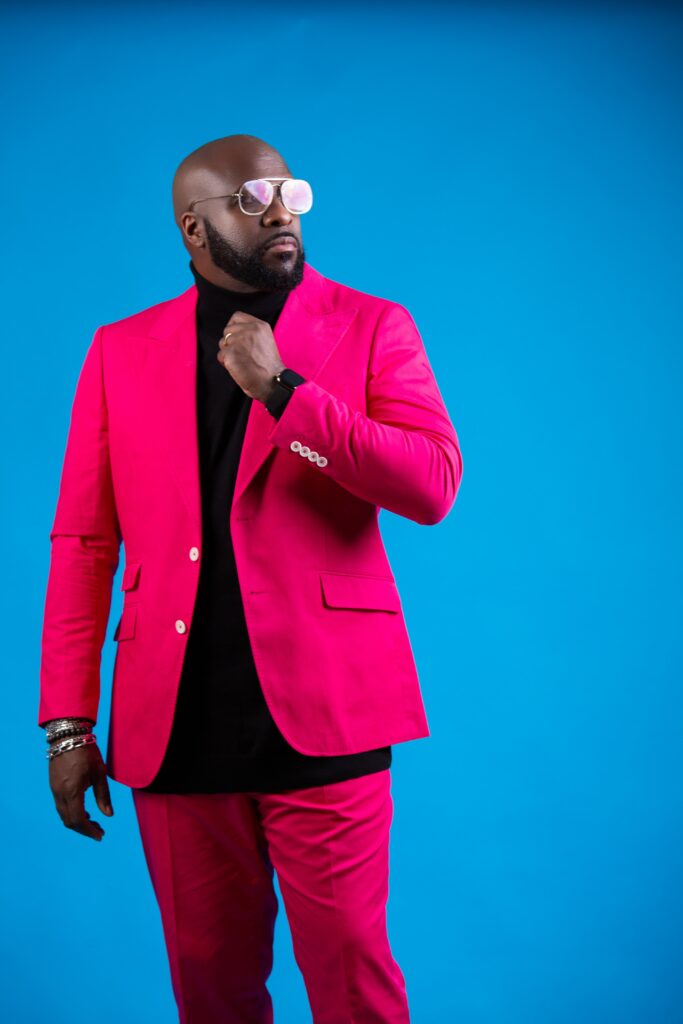
The Oval Body Type
Dressing for this shape should focus on drawing attention away from the middle of the body to create a more balanced silhouette. It is a mistake to buy a suit that is simply bigger all around. It will be a tight fit around your middle and be baggy everywhere else, emphasizing the width of your torso. To counteract this, you have to take care to tailor your suit in a way that balances out your shape.
Oval Body Type: Shoulders and Torso
As we suggested for the triangle shape, a single-breasted suit will avoid creating bulk and drawing focus to your middle. Tapering your jacket at the waist while rocking well-structured shoulders draws attention away from your torso. A standard-width peak lapel will add balance to your chest and draw the eye upwards and away from your middle.
Oval Body Type: Legs
Wide, straight-legged pants are your best bet. They will work in tandem with your jacket to create an sleek vertical silhouette.

The Rectangle Body Type
Your proportions already have the coveted streamlined vertical silhouette! However, you can complement your shape even further by selecting a single-breasted jacket with a slight inward taper at the middle. Similarly, you can highlight your body’s even proportions by selecting a slim, tapered trouser, adding more depth and contrast to your silhouette. Make sure your sleeves fit well – they should be closely tailored and break at the wrist-bone. This will help ensure you are highlighting your body’s naturally even shape.
Conclusion
Getting a suit that properly fits your measurements is step one. But you can boost your look to the next level by selecting a structure and details that also complement your body’s natural proportions. You deserve a suit that works as hard as you do. Get started on finding the perfect suit with personal styling advice and our expansive suite of customization and design options by booking an appointment now with one of our experts.




















